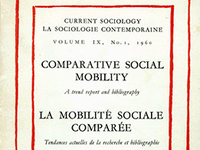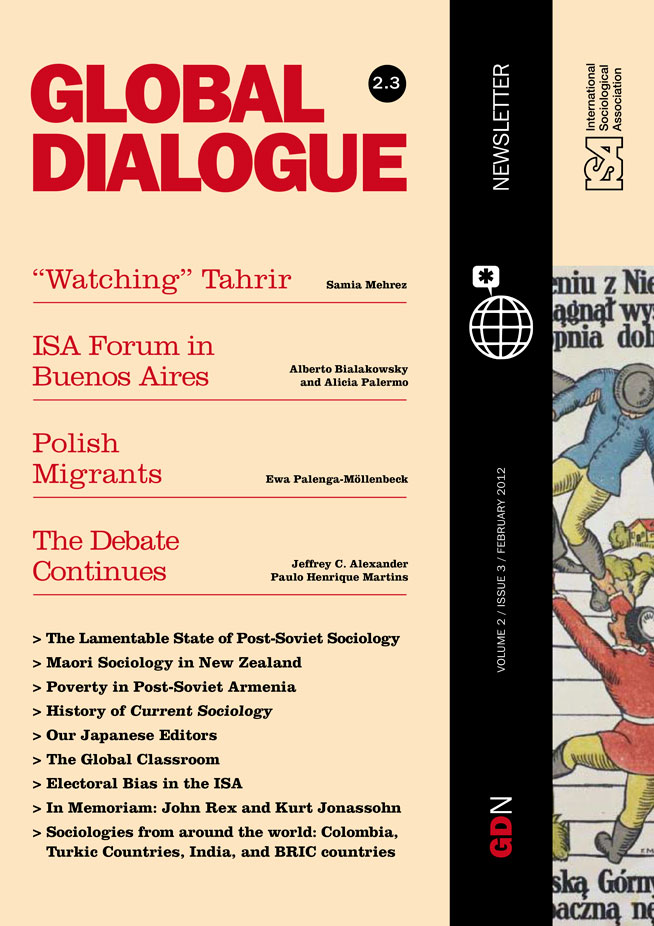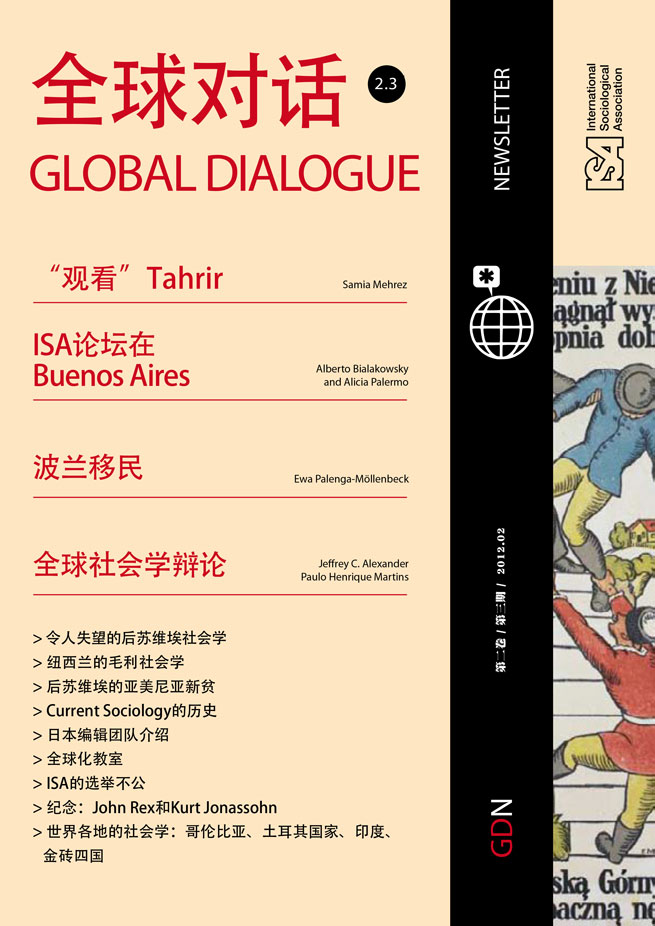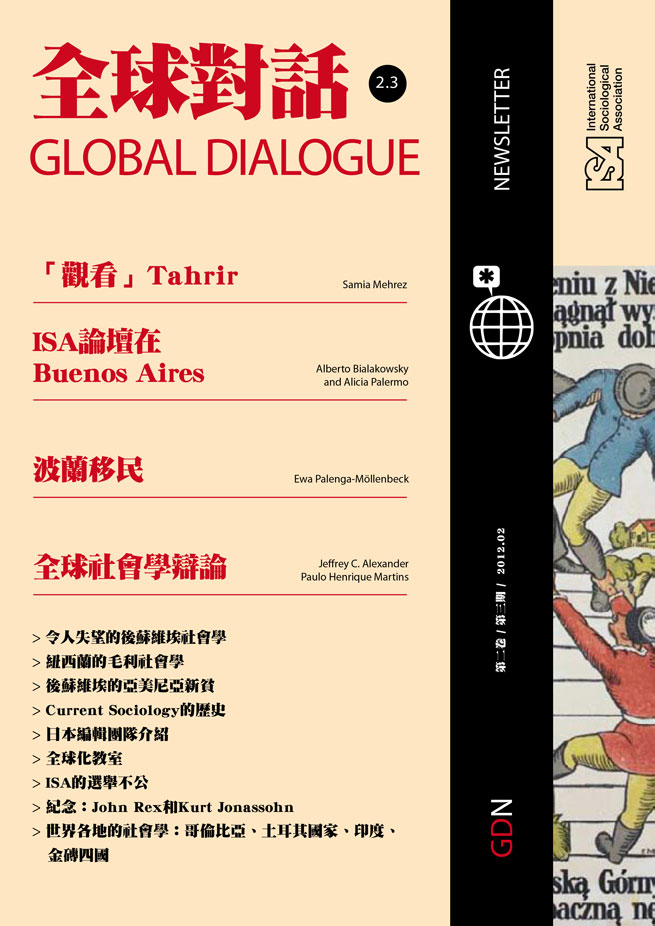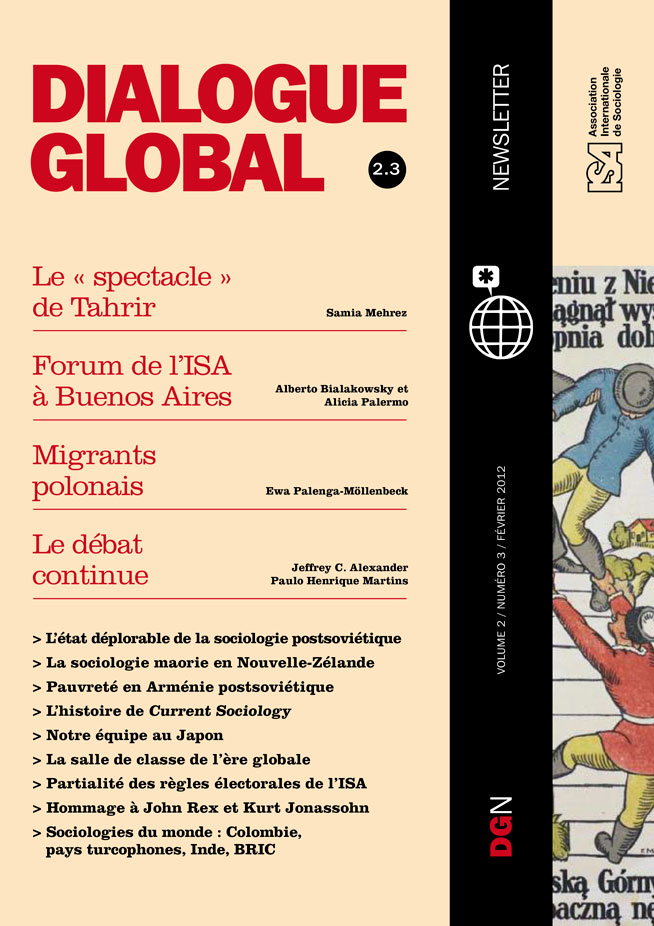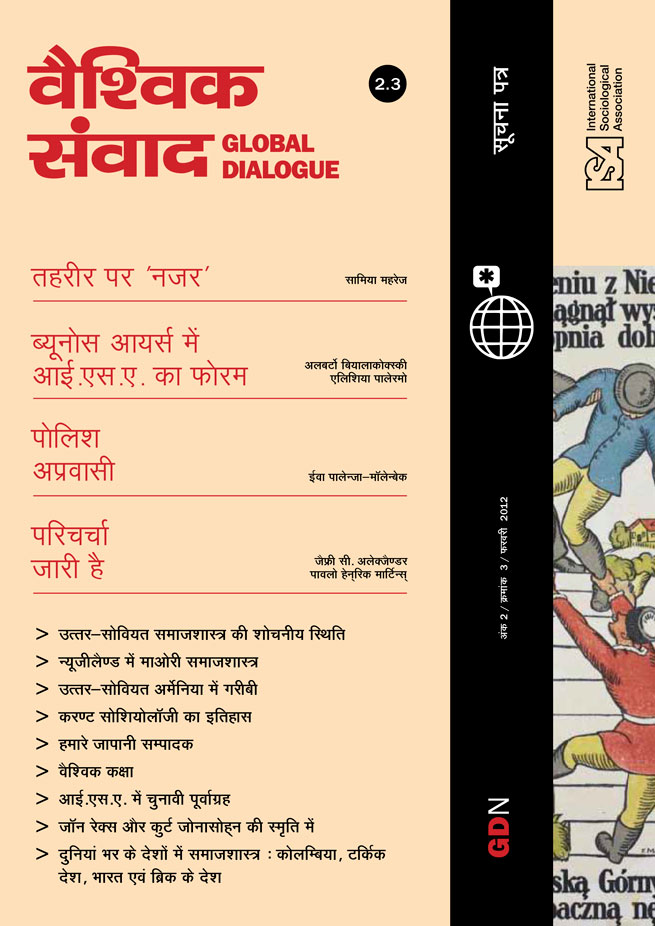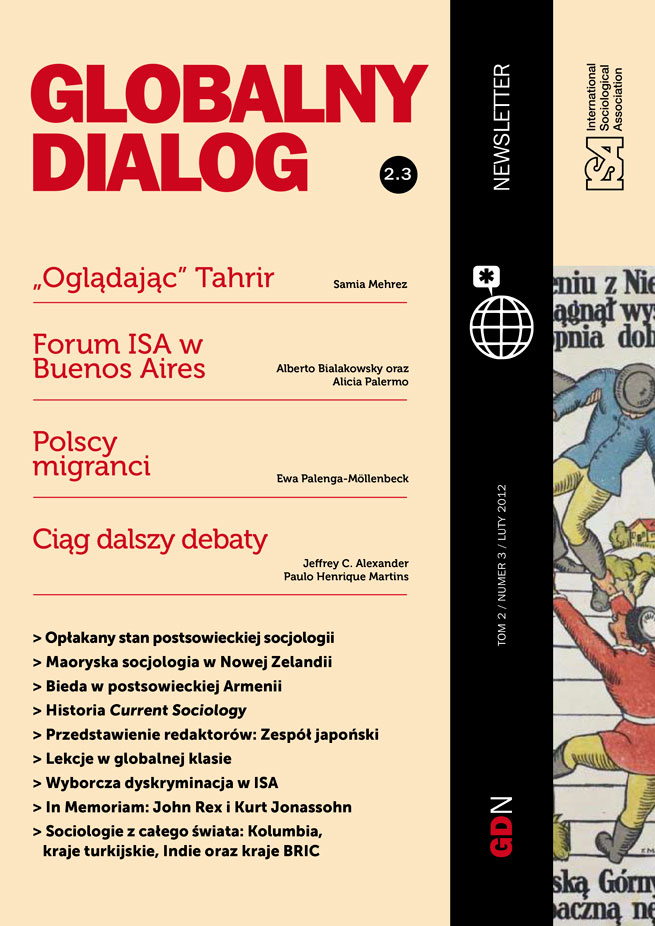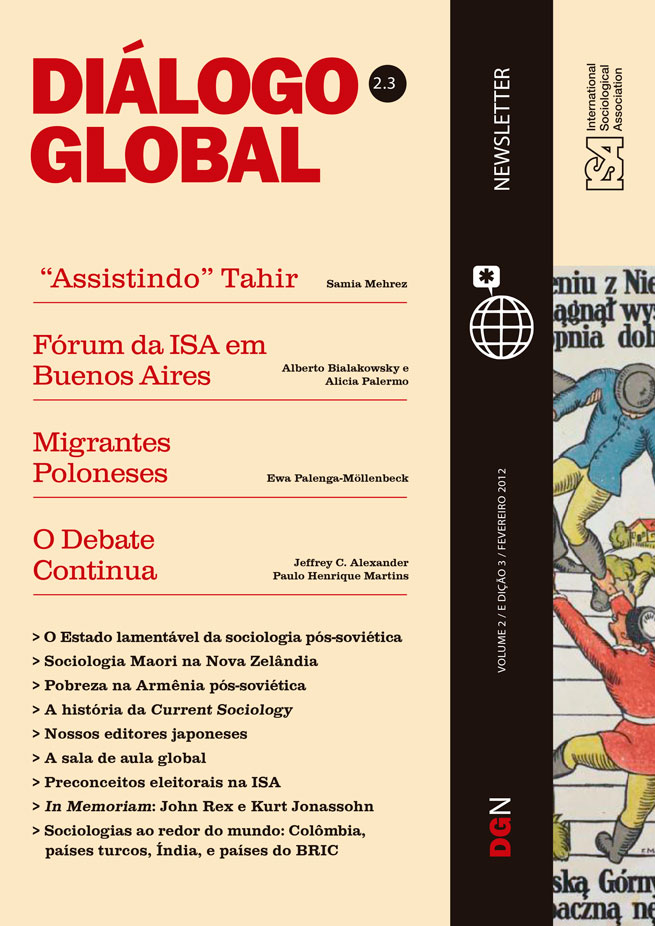The new knowledge society is based largely on Internet Communication Technologies (ICTs). New ICTs are everywhere making our lives more complicated, but they also bring us boundless opportunities. In education ICTs allow us to distribute electronic books and other texts throughout the world and to teach students on line. In the public sphere the ICTs allow people to transmit information via forums and social network regardless of the geographical distance.
Students in a virtual classroom are divided by physical space, but they are symbolically connected by being involved in the same practical activities, learning the same material and discussing it in an open manner. Unlike the traditional class, a virtual class allows the students to log in and out any time, 24/7, still maintaining a feeling that they are united in a common, shared enterprise through cyberspace.
Collaborating On Line
In education Internet tools are usually used for traditional aims – to teach students where to find useful information, how to use it properly, how to research efficiently, etc. In the case of distance education, especially in the social sciences, electronic online tools facilitate students’ active involvement in their studies even while not necessarily being physically close to a single college or to each other. Distance learning is a way to teach students from different cities, villages, regions and even countries all together as if they were enrolled in one physically unique class. Therefore, a virtual classroom is invisible, but very real. In it, participants encourage one another by maintaining intellectual contact, debating issues, exchanging opinions, completing joint tasks and the like.
In both cases – traditional classrooms and new ones created by ICTs – students and teachers can participate in knowledge construction. In the new ICT-facilitated classroom, students feel attached to the learning process, they can contribute their own ideas and, therefore, their knowledge becomes personal or, rather, interpersonal (inter-subjective): they produce it not only from the books they read, but from communication with each other through online interaction. As they do not see the instructor nearby, they feel more independent in their outlooks and often express themselves more freely.
Thus, one advantage of the new ICTs, as applied to higher education, is the possibility to create collaborative, online, international learning environments of globally networked students and professors. In a virtual class students from different colleges and countries can study a subject together while communicating with each other through Internet technologies. In a distance class the students are encouraged to participate in a dialogue as long as they wish to. They also complete assignments (usually for the purpose of checking their knowledge of the assigned texts) and submit them through the selected learning management system (LMS). The workload in an international distance class, both for students and professors, is rather heavy, but student motivation is increased through the exercise of freedom to work at their own pace, personal responsibility for their learning outcomes, and the excitement of learning about and from student colleagues in other countries. For professors, helping their students to learn with and from their peers abroad is a most satisfying reward. Online dialogue is one of many typical assignments, but perhaps the most interesting one to students as citizens of an evolving knowledge-based global society.
Our personal experience teaching international distance classes covers the last ten years during which time we have organized such classes six times. The feedback from the students has consistently been more positive than from a traditional class in the same subject (social control) that was regularly taught at SUNY (State University of New York) Cortland. The two instructors of this virtual class – Professor Craig Little, USA, and Professor Larissa Titarenko, Belarus – met for the first time in Bulgaria at the international conference of the Alliance of Universities for Democracy (AUDEM) in 2001. We were both impressed by the new Internet technology presented at this conference. We immediately decided to collaborate in organizing an international distance class to broaden our students’ horizons in sociology, in intercultural communication and in the methods of comparative analysis. Each time the course has been taught, from 18 to 25 students have been enrolled, most of them majoring in sociology. This class was taught several times with the participation of three universities, including Moscow State University (with Dr. Mira Bergelson) and frequently with students from Griffith University (Brisbane, Australia) where Professor Craig Little had taught some years earlier.[1]
Learning to be Global Citizens
So, when talking about an international virtual classroom we mean a unique class consisting of students from two or more different countries: in our case, the US, Belarus, Australia, and Russia. Approximately two thirds of the class were students from countries where English is the mother tongue. For a smaller group of students from Belarus participation was a triple challenge: taking a course taught in English, being exposed to a new branch of sociology (social control) that is not taught at Belarus State University, and learning in a virtual international classroom that emphasizes a learner-centered teaching style. In many cases, the Belarusian students had never been abroad so that they acquired unique knowledge of the youth culture of countries they might never visit themselves. However, as most American and Australian students also had never been to Belarus or any other post-Communist country (and a majority of them had not been to Europe either), there was a double interest for them as well.
In our virtual, online classes, students learned from three specialized textbooks, from online mini-lectures written by the professors, and from additional assignments based on electronic articles. A Student-Led Discussion involved students asking each other questions, discussing common topics raised by the readings and also current events in the world, all of which helped them understand foreign cultures, historical backgrounds, and the variety of approaches to social control around the world.
We taught this virtual course several times with repeated success. In the end all the students confirmed they learned a lot from the books and, especially from their online, personal contacts. In their teaching evaluations they reported that they received unique, first-hand information about each country, they could ask questions freely, and they did not experience common problems such as time pressure at the end of a class, intimidation by instructor’s physical presence, or lack of time for communication.[2]
Motivating Students
Our underlying pedagogical philosophy stems from Dewey’s learner-centered approach. The students were encouraged to discuss on line many practical situations such as local law enforcement, criminal cases, approaches to punishment, violations of rights, etc. They usually discussed a situation “as it is” and tried to understand what solutions there might be, why a particular solution was applied in a particular country and the like. The idea was not to select any “best” decision, but let the students actively participate in the process of discussion, let them be creative in their arguments and in comparing different approaches. For example, when learning different systems of social control in such countries as Russia, the US, Sweden or Australia, they could compare the effectiveness of different systems on the basis of crime statistics, the cost to society of alternative approaches to punishment, rates of recidivism, etc. We also compared systems of social control in three historical periods: pre-modern, modern, and post-modern. All the students had to read three textbooks and then report their progress on line, doing short, but regular, exercises, writing essays, participating in group activities and the online student-led discussions. Our learning platform was originally provided by the SUNY Learning Network and is now simply a standard Blackboard Learning Management System, provided through SUNY Cortland.
It has been a unique experience for all the students, but probably the most important result was for the students from Belarus. Under deteriorating conditions of economic and political crisis and limited access to literature in English, the distance-learning class provides excellent chances for young people to learn in the same way as their Western classmates. We believe our use of ICTs has at least partly overcome the center–periphery dichotomy as all students approached their tasks and discussions with a genuine orientation of equality, something that we explicitly encouraged. From the perspective of the East–West dichotomy, we also believe we managed to help our students get beyond borders and stereotypes. We used Western textbooks, but additional sources included much Belarusian and other international information. The students were allowed to provide arguments from any theories and defend any position as long as their posts were respectful. From this aspect, this collaborative, international, distance-learning experience was also a lesson in democracy and human rights.
In summary, our experience with collaborative, online international learning confirmed the great potential of ICTs for effective use in higher education, especially for students from remote and politically isolated places and countries. It was a way to deepen students’ knowledge, experience, and world outlook, and, therefore, to increase their personal human capital.
[1] For a longer description of the course, see Craig B. Little, Larissa Titarenko and Mira Bergelson (2005), “Creating a Successful International Distance Learning Classroom.” Teaching Sociology 33(4): 355-370.
[2] For resources helpful to plan and teach an international distance-learning class, see the Collaborative Online International Learning (COIL) website at: http://coilcenter.purchase.edu. For further technical questions please contact Craig Little at Craig.Little@cortland.edu
Larissa Titarenko, Belarus State University, Minsk, Belarus
Craig B. Little, State University of New York at Cortland, USA
